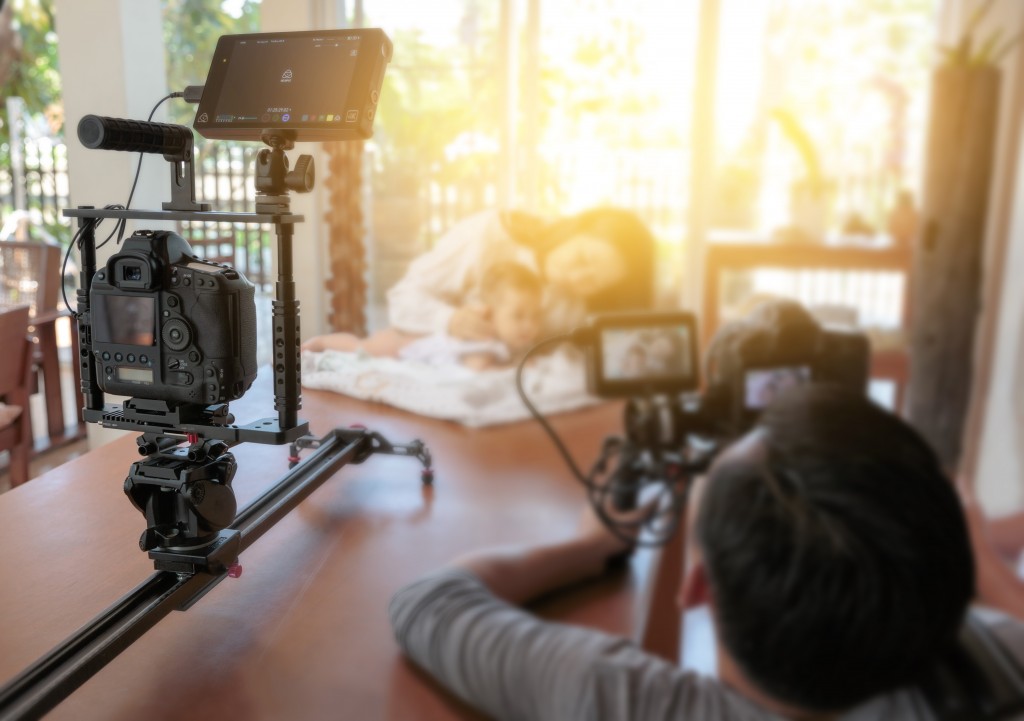People have grown more and more familiar with portrait and fashion photography, especially in the age of IG models. Camera phones can now mimic the functions and output quality of full-frame cameras, allowing anyone to become a photographer. Thanks to various online platforms, wildlife, sports, and other fields of photography have also established a foothold in the digital space.
But some genres have yet to receive the appreciation they deserve, given the skill, patience, and risk that photographers in these fields dedicate to their craft. Here are three of the underappreciated photography genres today.
1. Photojournalism
Photojournalists are on a different level of photography. They have to deliver the truth of an event or a piece of news through a photo. This means braving war zones, rallies, political outbursts, and even natural disasters. The photo must supplement the news article and bring it to life, so that the reader can gain a deeper understanding of what’s happening.
But since it’s now possible to shoot breathtaking photos with smartphones, anyone can easily do what photojournalists do. That’s what the New York Daily News thought. Ironically, the previously named New York’s Picture Newspaper let go of all 10 of its photographers when it laid off half the editorial staff. This leaves the writers to take up the slack by using their iPhones.
Todd Maisel, a photojournalist who covered the 9/11 under immense peril, explained that it all comes down to cutting costs. Official photographers need to repair, maintain, and upgrade their equipment frequently, which would be the company’s expenses. Whereas sending reporters armed with smartphones is not only cheaper, but it also allows them to send their photos immediately.
2. Newborn Photography

Some would argue that newborn photography is easy since babies aren’t hard to photograph. But this takes a certain level of patience and dedication, since photographers can’t tell babies how to pose or what to do. The creative direction for infant photography tends to be limited because of this, allowing customers to only settle on a general theme. So the photographer only has limited control over the output and has to rely on what the baby will do during the shoot.
Newborn photography can fall under portrait photography. The difference is that the photos are more genuine in the former. Experienced newborn photographers wait for the most picture-perfect moment, capturing babies in their most natural state.
3. Product Photography
Product photography is an important aspect of advertising. Brands use this for their online and print catalogs to entice buyers to patronize their products. Product photography is very technical, relying on aspects such as lighting, shadows, timing, backgrounds, and coloring to bring out be able to present the subject in the most appealing way. This puts professional photographers at an advantage compared to amateurs who didn’t study the practical aspects of photography.
Product photography covers a lot of ground. For example, food photography exaggerates the color, texture, and juices of the food, making onlooker salivate just by looking at product photos. Recently, videos and articles that expose the dirty secrets of food photography went viral. Photographers use motor oil, shoe polish, glue, and other surprising, inedible items to make the food look more appealing. Some may say it’s deception, but this only attests to the resourcefulness and creativity of product photographers.
Apart from being undervalued, photographers and other creatives will be at more risk of becoming “starving artists” since the federal government wants to defund the arts. Hopefully, artists will soon receive the appreciation they deserve, given the range of their impact on business, families, and the general public.




